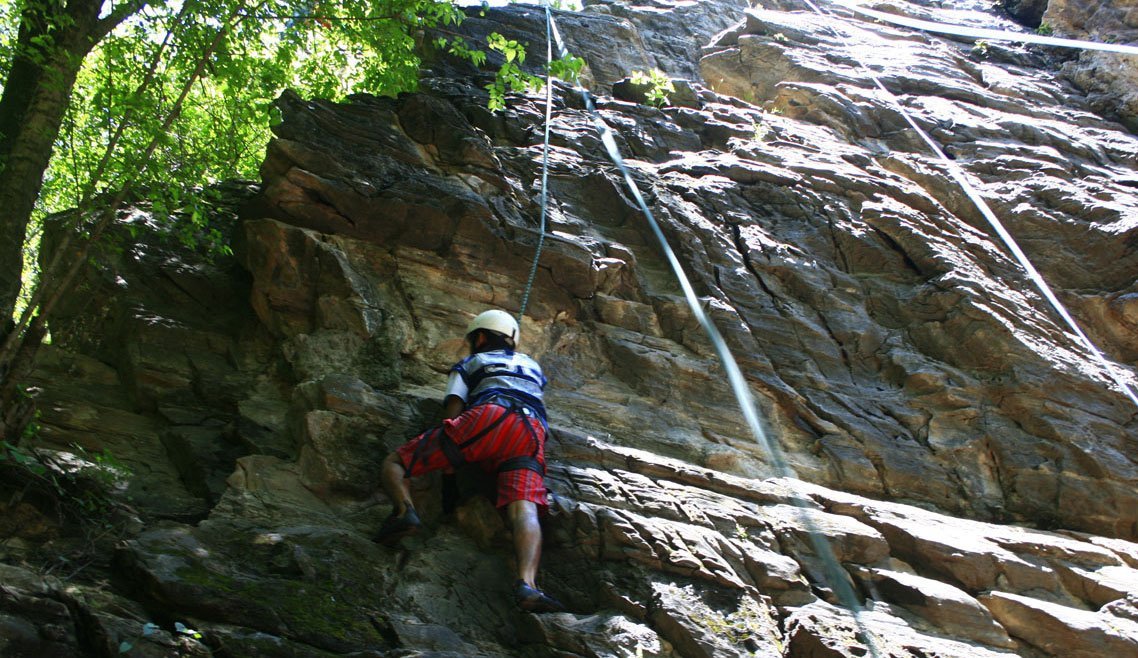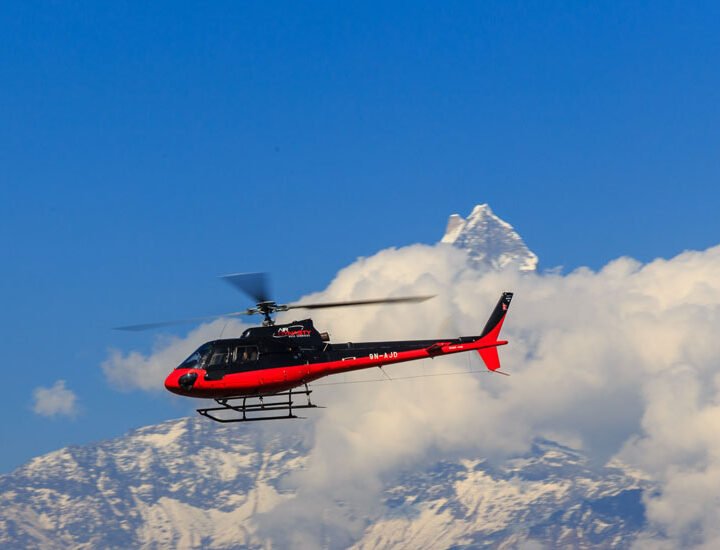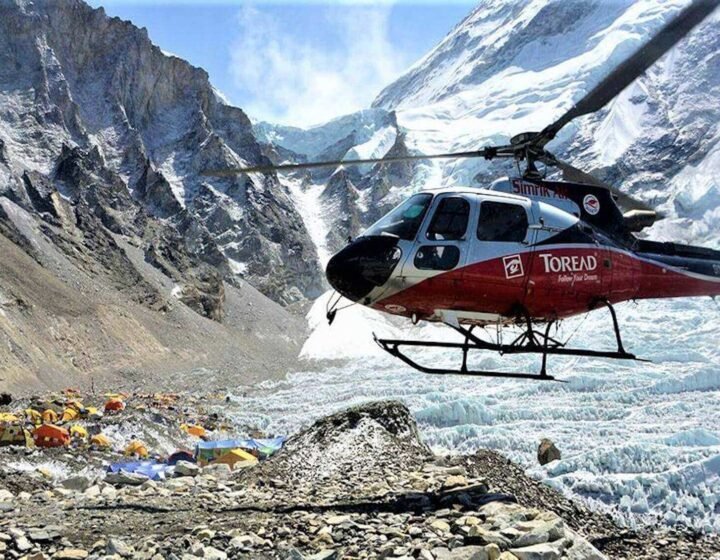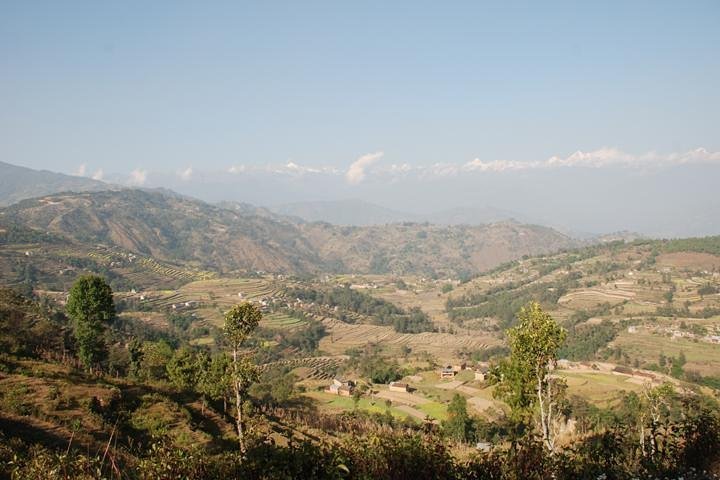- Details
Detailed itinerary
Itinerary- Tour Includes/Excludes
- Useful Info
- FAQ
Trip overview
Thanks to the unique topographical and physiological features of the country, there are plenty of rock climbing spots in Nepal that are formed from natural boulders. The activity of rock climbing requires physical as well as mental strength. The numerous rock climbing sites in Nepal are suitable for beginners to experts.
For someone new to rock climbing, they should begin with secure climbing options in places like the Nagarjun cliffs. Located on the outskirts of Kathmandu Valley, these cliffs are in the Nagarjun forest region within the Shivapuri Wildlife Reserve. These cliffs are made from limestone rock and are about 15 meters high. Apart from rock climbing, you can hike up to the Buddhist monastery or explore the reserve and do some bird watching.
Rock climbing is one of the extreme adventure sports famous in Nepal. Thus, it should be done under the supervision of professional certified guides and with proper gear only. The monsoon season is not suitable for this activity. Rocks become slippery, making it almost impossible to climb — also, the chances of the cliffs breaking down increases due to the seepage of water.
Another rock climbing spot near Kathmandu is at Hattiban. Rock climbing at Hattiban is more physically demanding, and thus more suitable for professional climbers. You can customize your trip and add activities like bird watching as well.
Similar to Hattiban, there is a professional climbing spot at Kakani as well. The view of Ganesh Himal and Gauri Shankar Himal from the top is fascinating. Nearby, there is a mountaineering park with an outdoor wall climbing facility as well.
For those looking for a getaway from Kathmandu, there is a newly opened new rock climbing site at Bimal Nagar in Bandipur. Despite its complexity, the view of Mt. Manaslu, Mt. Makalu, Marsayangdi valley, and the river below makes it worth it.
Itinerary
Departure time from hotel 09:30a.m
Hattiban 10:30a.m
Hiking (30-45 mins)
Rock climbing spot 11:00a.m
Lunch 01:30p.m
Departure from Hattiban 04:30p.m
Other Climbing Packages
We can costumize our package according to your need. We can add cycling, tented camp and hiking with rock climbing event.
Included
- Accommodation (usually basic lodges or teahouses)
- Food (usually basic meals, such as dal bhat, noodles, or rice)
- Climbing permits (if required)
- Guide fees and porter fees
- Climbing gear (if rented)
- Transportation to and from the climbing area
- Park fees (if applicable)
Excluded
- International airfare to Nepal
- Travel insurance
- Visa fees
- Personal climbing gear (such as climbing shoes, harness, and helmet)
- Additional food or drinks beyond what is provided in the climbing package
- Tips for guides and porters (usually recommended)
Useful Info
- Best time to visit: The best time to go rock climbing in Nepal is during the dry season, which runs from October to May. During this time, the weather is generally clear and dry, making it easier to climb without encountering adverse conditions.
- Climbing gear: You will need to bring your own climbing gear, including a harness, climbing shoes, chalk bag, helmet, and ropes. If you are planning to do multi-pitch climbing, you will also need a climbing rack, quickdraws, and other protective gear.
- Safety: It's important to prioritize safety when rock climbing in Nepal, and to work with experienced guides and partners who can help minimize risks and ensure a successful climb. You should also be prepared for potential hazards such as falling rocks, high altitude, and unpredictable weather conditions.
- Altitude sickness: If you plan to climb at higher elevations, be aware of the risk of altitude sickness, which can cause headaches, dizziness, and other symptoms. It's important to acclimatize properly before attempting to climb at higher elevations, and to be prepared to descend quickly if necessary.
- Permits: You may need to obtain permits to climb in certain areas of Nepal, so be sure to research and obtain any necessary permits before starting your climb.
- Accommodation: There are a number of lodges and guesthouses located near popular climbing areas in Nepal, so you should be able to find suitable accommodation relatively easily. However, it's a good idea to book in advance during peak climbing seasons to ensure availability.
- Language and culture: Nepali is the official language of Nepal, but many people also speak English. However, it's always a good idea to learn some basic phrases in Nepali to communicate with locals. Additionally, Nepal has a rich cultural heritage, and you should be respectful of local customs and traditions during your visit.
FAQs
-
What kind of rock is found in Nepal for rock climbing?
Nepal has a variety of rock types suitable for rock climbing, including granite, sandstone, and limestone. The most common rock type used for climbing in Nepal is granite.
-
Do I need previous rock climbing experience to climb in Nepal?
While previous rock climbing experience is not strictly necessary, it is recommended, particularly for more advanced climbs. You should have basic climbing skills and experience, and should be comfortable with rope work and belaying.
-
Do I need a permit to climb in Nepal?
You may need to obtain a permit to climb in certain areas of Nepal, particularly those that are part of national parks or conservation areas. Check with the local authorities or a local climbing agency to determine if you need a permit.
-
Is it safe to climb in Nepal?
Climbing in Nepal carries some inherent risks, particularly at higher elevations. However, if you work with experienced guides and partners, and take appropriate safety precautions, you can minimize these risks and have a safe and successful climb.
-
Can I rent climbing gear in Nepal?
Yes, you can rent climbing gear in Nepal. However, it's recommended that you bring your own gear if possible, as the quality and availability of rental gear may vary.
-
What is the best time of year to go climbing in Nepal?
The best time to go climbing in Nepal is during the dry season, which runs from October to May. During this time, the weather is generally clear and dry, making it easier to climb without encountering adverse conditions.
-
How do I get to popular climbing areas in Nepal?
Most popular climbing areas in Nepal are located within a few hours' drive from Kathmandu. You can either hire a private vehicle or take a public bus to reach these areas. Many climbing agencies also offer transportation services as part of their climbing packages.






